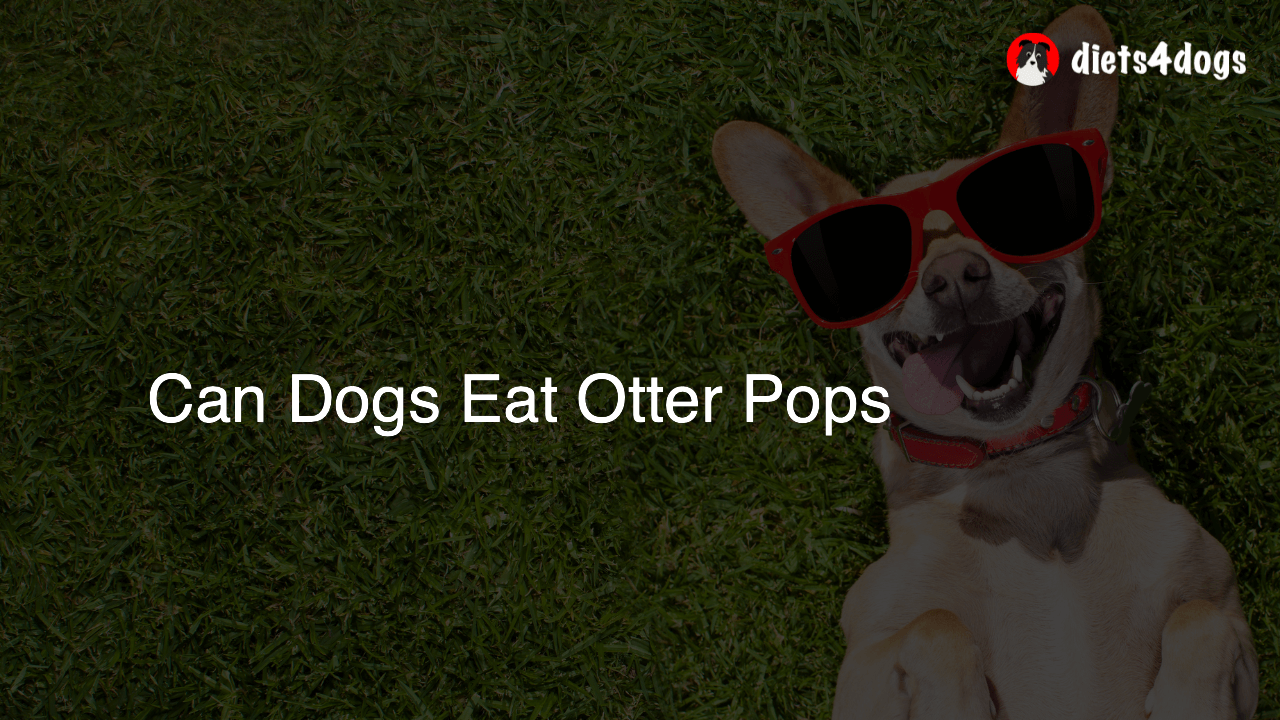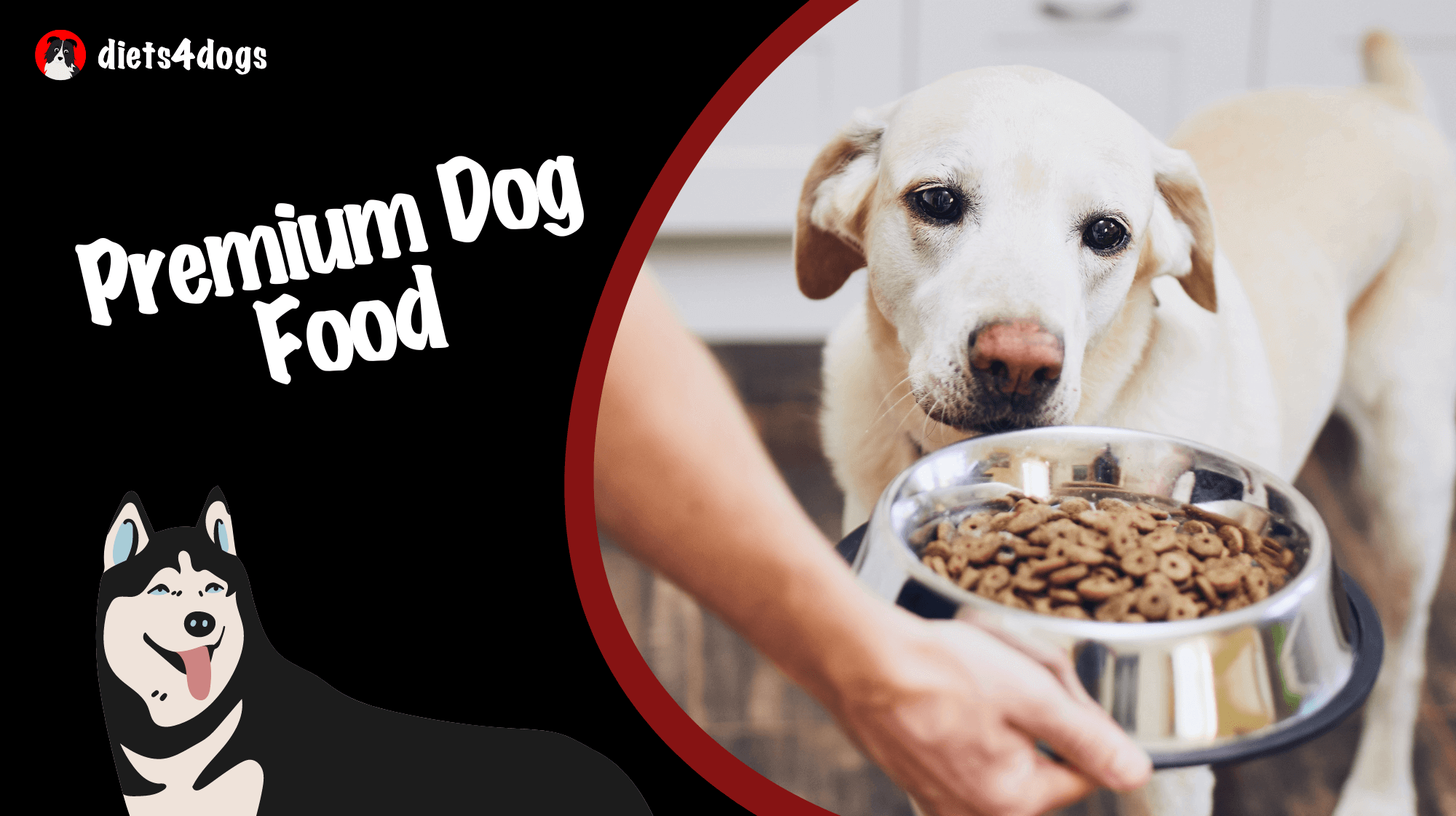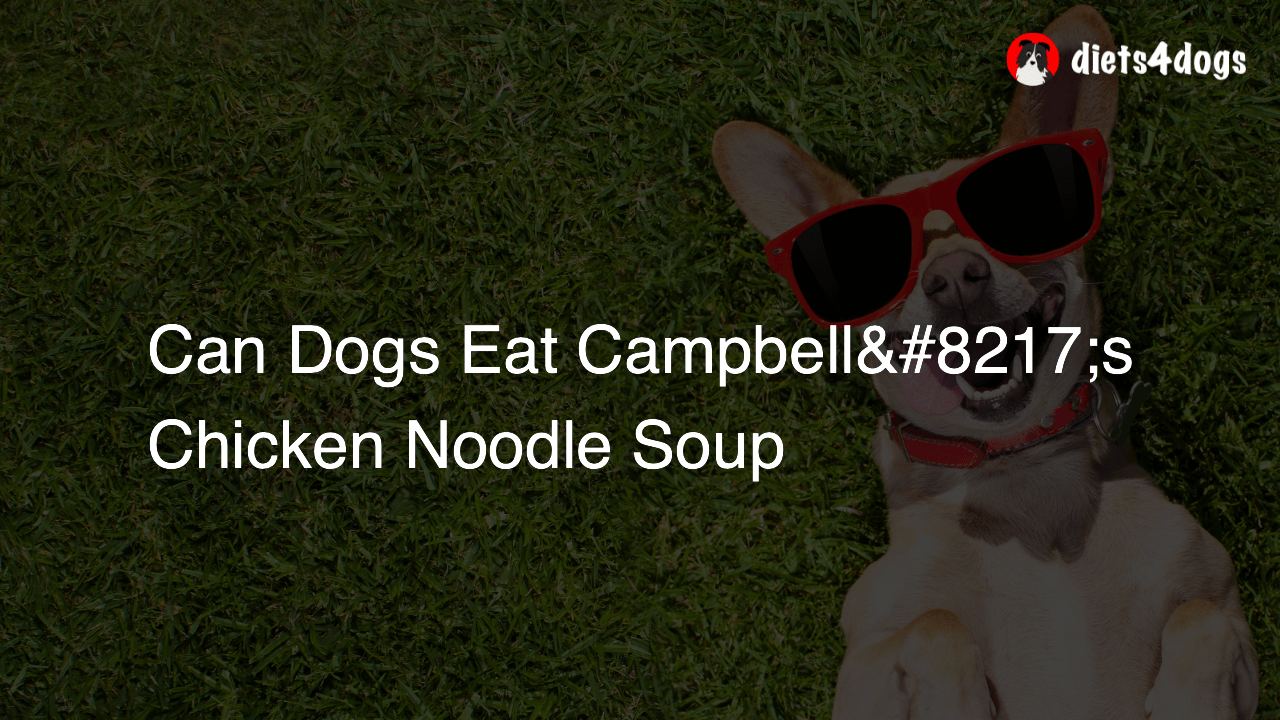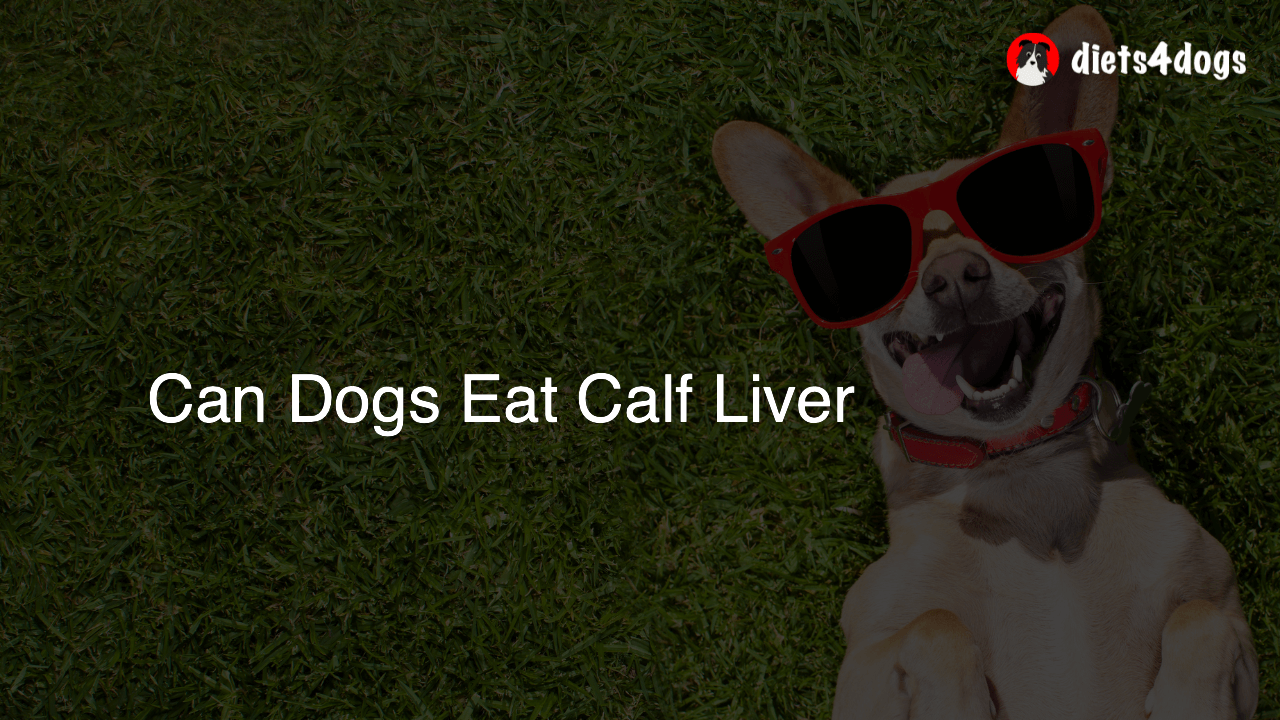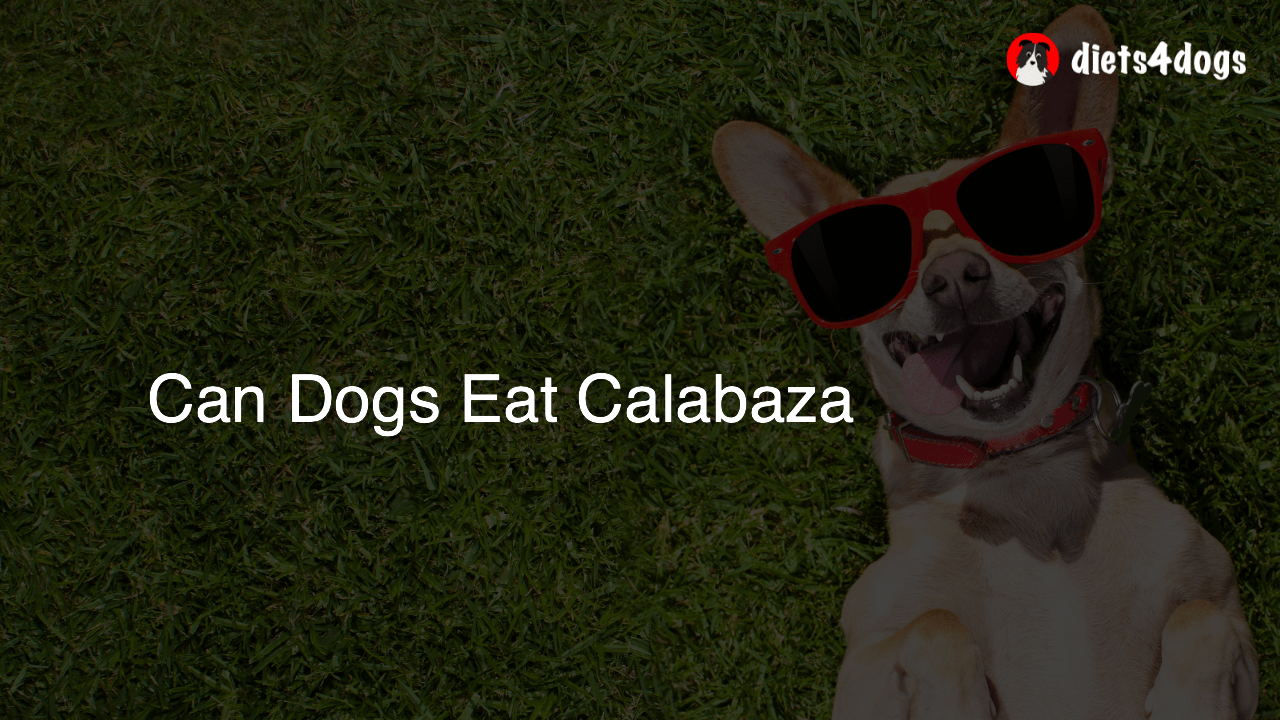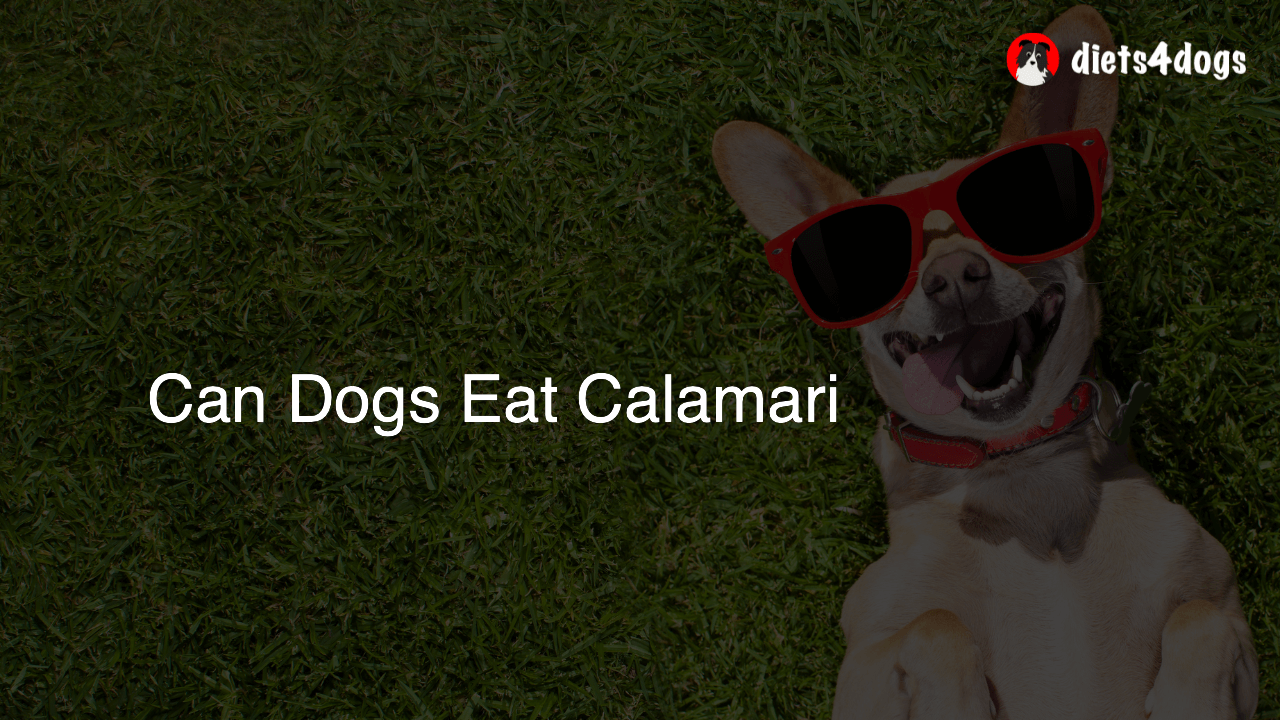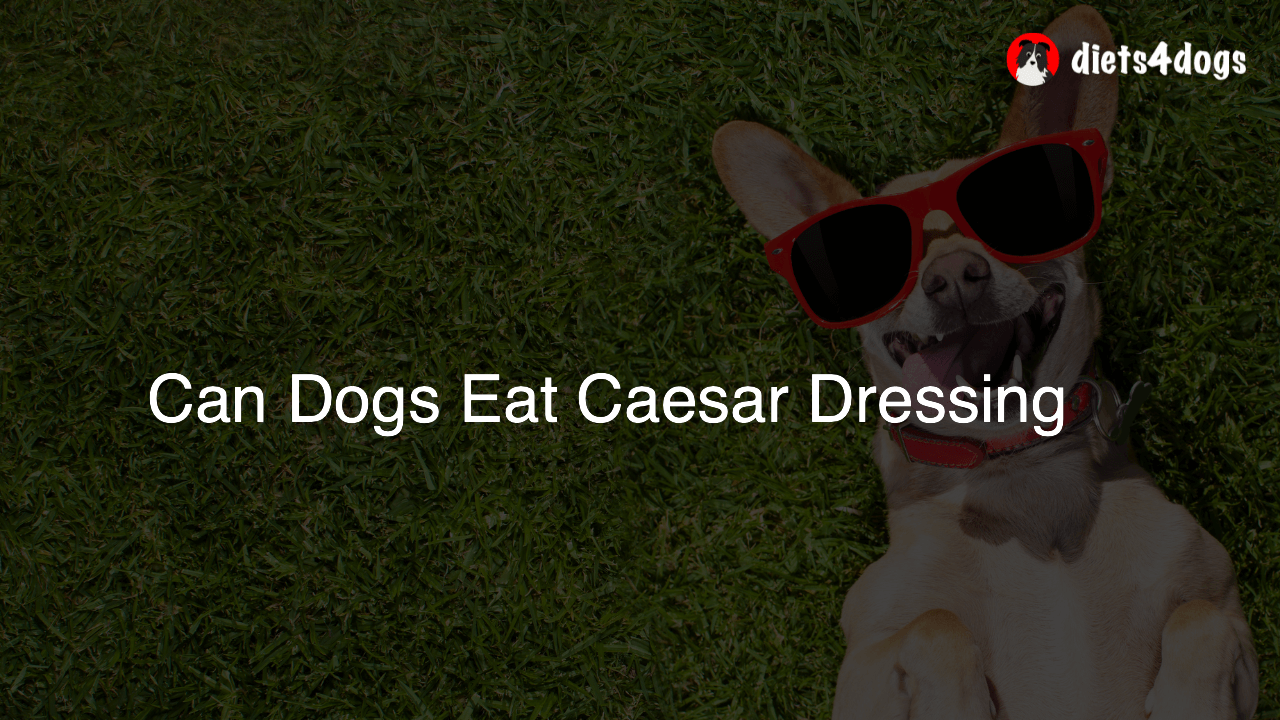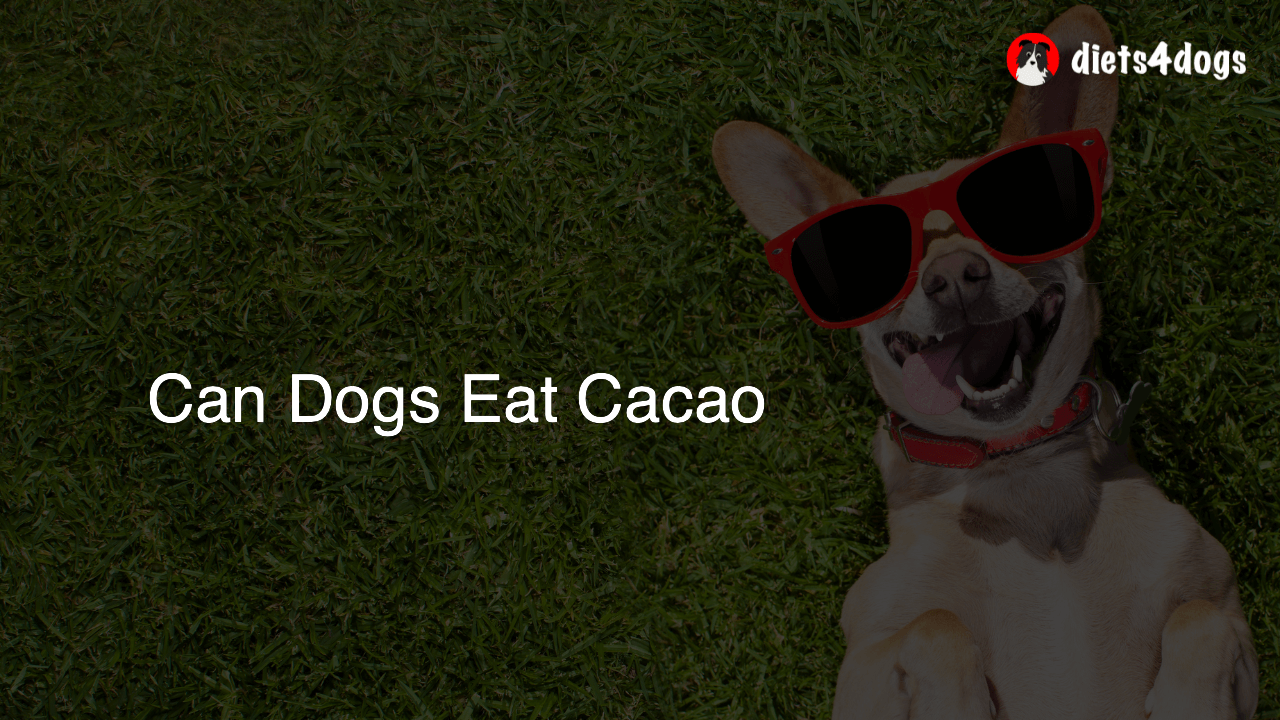Can Dogs Eat Otter Pops
It is not recommended for dogs to eat Otter Pops, as they contain artificial flavors and colors, high levels of sugar, and may pose a choking hazard, especially for smaller dogs. Additionally, consuming too much sugar could lead to obesity and other health issues in dogs. It’s best to offer them dog-friendly, no-sugar added frozen treats or fruit-based frozen treats without additives instead.
Introduction to Otter Pops
Otter Pops are a popular frozen treat enjoyed by many, especially during hot summer months. These icy, fruity popsicles come in a variety of flavors and colors, making them an appealing snack choice. However, as dog owners, it’s essential to know if this human treat is safe for our furry friends. In this blog post, we will delve into whether dogs can eat Otter Pops, and if not, what alternative frozen treats you can offer your pet.
What’s in an Otter Pop?
Before we determine if dogs can eat Otter Pops, let’s take a look at what these frozen treats contain. Otter Pops are mainly made up of water, high fructose corn syrup, artificial flavors, and colors. Some Otter Pops also contain fruit juice concentrate, which adds some natural flavor to the mix.
Artificial Flavors and Colors
Artificial flavors and colors are added to Otter Pops to create a variety of taste sensations and make the pops visually appealing. While these substances are generally safe for human consumption, they can cause gastrointestinal upset or even allergic reactions in some dogs.
High Fructose Corn Syrup and Sugar Content
Otter Pops are full of high fructose corn syrup, which is a sweetener extracted from corn. This sweetener is known for its high sugar content, which can lead to obesity if consumed in large quantities. Like humans, dogs should avoid excessive sugar intake to maintain a healthy weight and prevent various health issues.
Concerns with Feeding Otter Pops to Dogs
Potential Choking Hazards
The size and shape of Otter Pops can pose a choking hazard, especially for smaller dogs. The frozen treat can become lodged in a dog’s throat, leading to a potentially dangerous situation.
Sugar Overload and Health Issues
As mentioned earlier, the high sugar content in Otter Pops can lead to health complications for your pet. Dogs that consume too much sugar may suffer from obesity, dental issues, and even diabetes. It’s crucial to offer them a healthy dog food diet and minimize the introduction of sugary treats.
Alternatives to Otter Pops for Dogs
While it’s not recommended to feed your dog Otter Pops, there are plenty of alternatives that you can consider offering as a cold treat during hot weather. Here are some dog-friendly suggestions:
Dog-Friendly Frozen Treats
There are many frozen dog treats available in the market. These treats are specifically formulated for dogs and often do not contain any added sugars or artificial ingredients. Look for options that use natural ingredients, such as fruit or vegetable purees and dog-safe yogurt.
Frozen Fruit
A simple and healthy frozen treat for dogs is frozen fruit. Fruits such as banana, blueberries, or melon can be frozen and given to dogs as a refreshing treat. However, always remember to avoid feeding your dog grapes or any fruits containing pits, such as cherries, as these can be toxic to dogs.
Homemade Frozen Dog Treats
Creating homemade frozen dog treats can be a fun and rewarding activity. By using dog-safe ingredients like peanut butter, blended fruits, and plain yogurt, you can experiment with making your own custom frozen treats for your furry friend. This way, you have full control over what your dog consumes, ensuring they receive the perfect, healthy treat.
In conclusion, while Otter Pops may be a tempting treat to share with your dog on a hot day, it’s best to steer clear and opt for a safer and healthier alternative. Remember that a well-balanced dog food diet and a variety of safe, dog-friendly treats are key to keeping your canine companion happy and healthy.
Tips for Keeping Your Dog Cool During Hot Weather
While offering a frozen treat is one way to keep your dog refreshed during hot weather, there are additional measures you can implement to ensure their comfort and well-being. Here are some tips to help your dog stay cool and content in the heat:
Provide Plenty of Fresh Water
Ensuring your dog has access to fresh, cool water throughout the day is essential during hot weather. This can help prevent dehydration and keep their body temperature regulated. You can add ice cubes to their water bowl to make it extra refreshing or consider using a dog water fountain that provides a constant stream of chilled water.
Offer Indoor Playtime
As temperatures rise, outside play sessions may be uncomfortable for your pet. Consider offering indoor playtime with toys or training exercises during the hottest parts of the day to minimize their exposure to the heat. This can help prevent overheating and keep your dog engaged and happy.
Invest in Cooling Products
Cooling mats, vests, and bandanas specifically designed for dogs can provide additional relief during hot weather. These products often contain cooling gel or utilize evaporative cooling technology to lower your dog’s body temperature. Be sure to follow the manufacturer’s instructions for use and ensure you choose the right size product for your pet.
Walk and Exercise During Cooler Times
Try to schedule your dog’s walks and outdoor activities during cooler times of the day, such as early morning or late evening. This not only prevents your dog from overheating during their walk but also protects their paws from hot surfaces like asphalt and concrete, which can cause burns.
Keep an Eye Out for Overheating Signs
Regardless of the measures you implement to keep your dog cool, it’s crucial to remain vigilant for signs of overheating. Early detection and intervention can help prevent serious complications, such as heatstroke. Here are some signs to watch for:
- Excessive panting and drooling
- Labored breathing
- Increased heart rate
- Lethargy or weakness
- Vomiting or diarrhea
- Disorientation or collapse
If you notice any of these symptoms in your dog, it’s important to take immediate steps to cool them down, such as moving them to a shaded area, providing water, and applying a wet towel to their body. If symptoms persist or worsen, consult your veterinarian right away.
Final Thoughts
While the topic of Otter Pops may have sparked your interest, remember that your dog’s safety, health, and comfort should always come first. By choosing appropriate treats and implementing measures to keep your pet cool during hot weather, you’ll be contributing to their overall well-being and happiness. Always consult your veterinarian if you have concerns about your dog’s diet or health, and enjoy the warm season safely together!
FAQ Section: Dogs and Frozen Treats
In this section, we’ve compiled a list of frequently asked questions related to dogs and frozen treats, specifically focusing on the safety and suitability of particular treats for your canine companion. We aim to provide helpful and relevant answers to guide you in selecting appropriate food for your furry friend.
1. Can dogs eat ice cream?
It’s not recommended for dogs to eat ice cream, as it contains sugar, lactose, and sometimes chocolate, which can be harmful to dogs. Instead, consider giving your dog some dog-safe frozen treats or homemade alternatives without harmful ingredients.
2. Are popsicles safe for dogs to eat?
Regular popsicles designed for humans can be harmful due to their high sugar content and artificial ingredients. Instead, choose frozen treats specifically formulated for dogs or make your own dog-safe popsicles using natural, dog-friendly ingredients.
3. Can dogs eat frozen yogurt?
Yes, dogs can consume plain, unsweetened frozen yogurt in moderation. However, flavored frozen yogurts often contain high sugar levels and artificial ingredients, so opt for plain yogurt without sweeteners, flavors, or additives when offering yogurt to your dog.
4. Is it safe for dogs to chew on ice cubes?
Yes, dogs can chew on ice cubes as a cooling treat, but do so with caution. Chewing on hard ice can pose a risk of tooth damage and may also be a choking hazard for smaller dogs. If you’re concerned, consider offering crushed ice or ice chips instead.
5. How do I make homemade frozen treats for my dog?
To make homemade frozen dog treats, combine dog-safe ingredients such as fruit or vegetable purees, peanut butter, or plain yogurt. Pour the mixture into ice cube trays or popsicle molds and freeze until solid. Experiment with various combinations of ingredients to create a tasty and healthy treat for your pet.
6. Can dogs eat fruit-based frozen treats?
Yes, dogs can eat fruit-based frozen treats as long as they are made with dog-safe fruits and contain no added sugars or artificial ingredients. Always avoid fruits that can be toxic to dogs, such as grapes, cherries with pits, and raisins.
7. How much sugar is too much for dogs?
There is no specific guideline for sugar intake in dogs, but it’s best to minimize their sugar consumption. A well-balanced diet consisting of high-quality dog food and occasional sugar-free or low-sugar treats is key to maintaining a healthy weight and preventing health complications in your pet.
8. Can dogs have artificial sweeteners instead of sugar?
No, many artificial sweeteners can be harmful or even toxic to dogs, particularly xylitol. If you want to offer your dog a sweet treat, use natural, safe, and minimally processed ingredients, such as mashed bananas or applesauce without added sugars.
9. What can I do if my dog accidentally eats an Otter Pop?
If your dog accidentally consumes an Otter Pop, monitor them closely for any signs of gastrointestinal upset or an allergic reaction. If you notice any adverse symptoms or are concerned for your dog’s well-being, contact your veterinarian for guidance.
10. How can I tell if a store-bought frozen treat is safe for my dog?
When purchasing a store-bought frozen treat for your dog, read the ingredient list carefully. Ensure the treat is free of harmful additives, artificial sweeteners, and high sugar content. Look for options that use natural ingredients and are specifically formulated for canine consumption.

